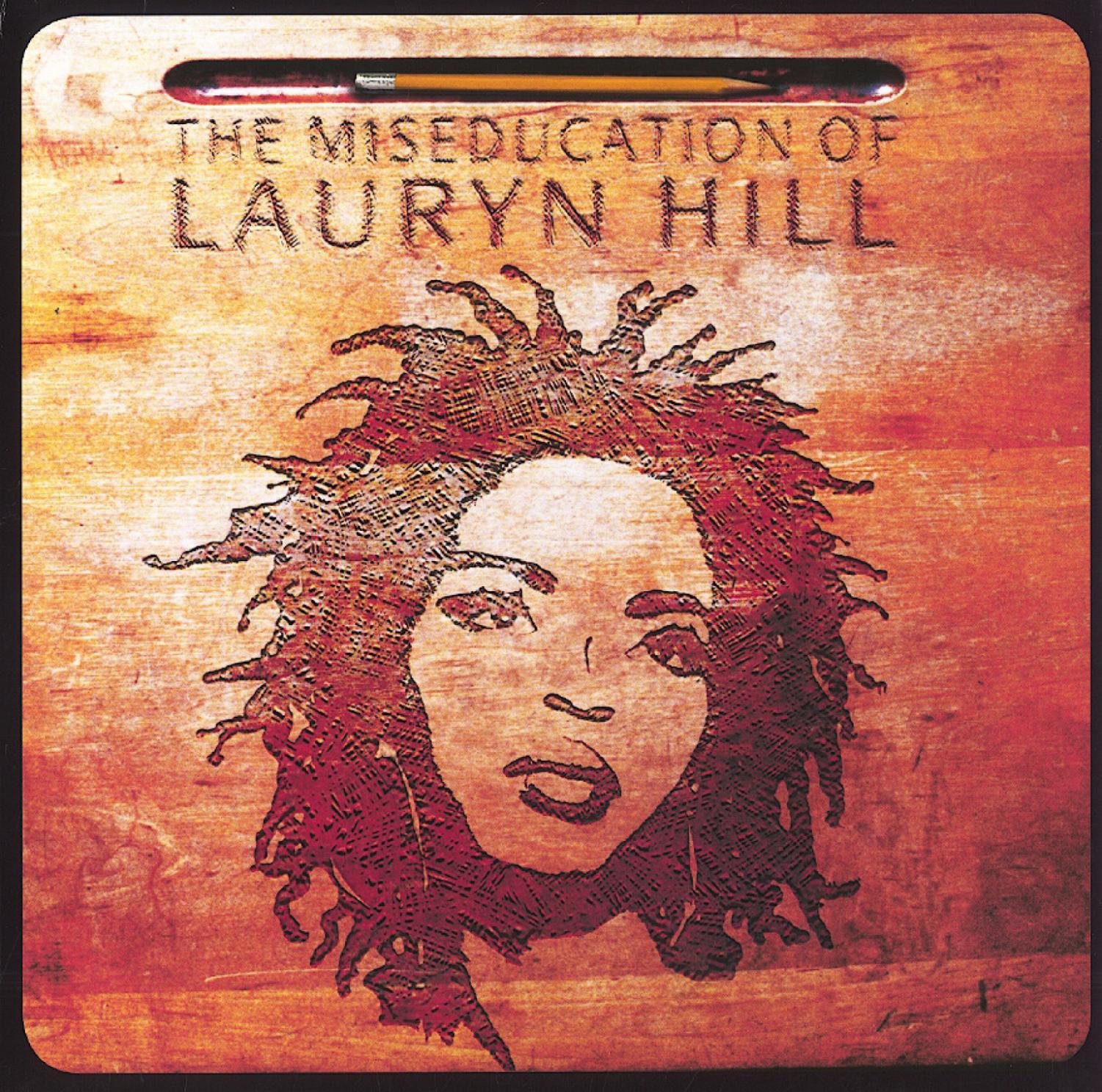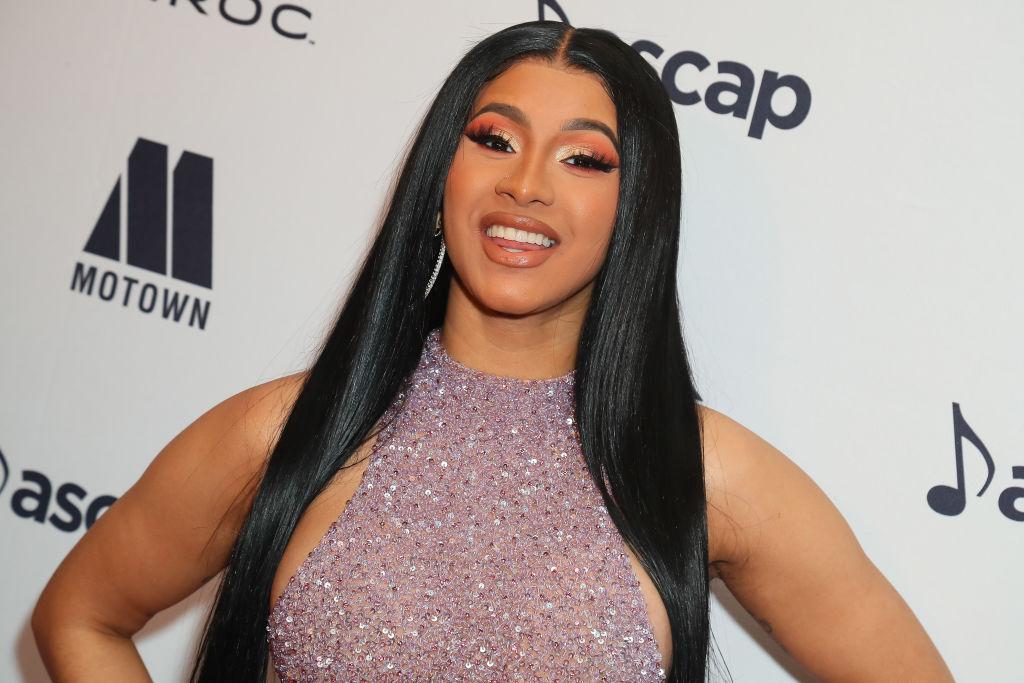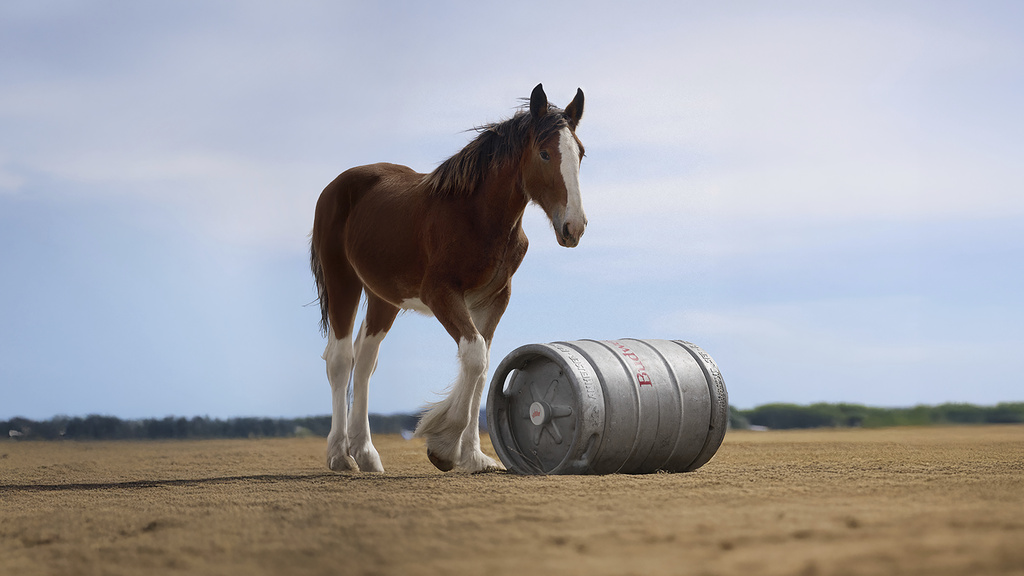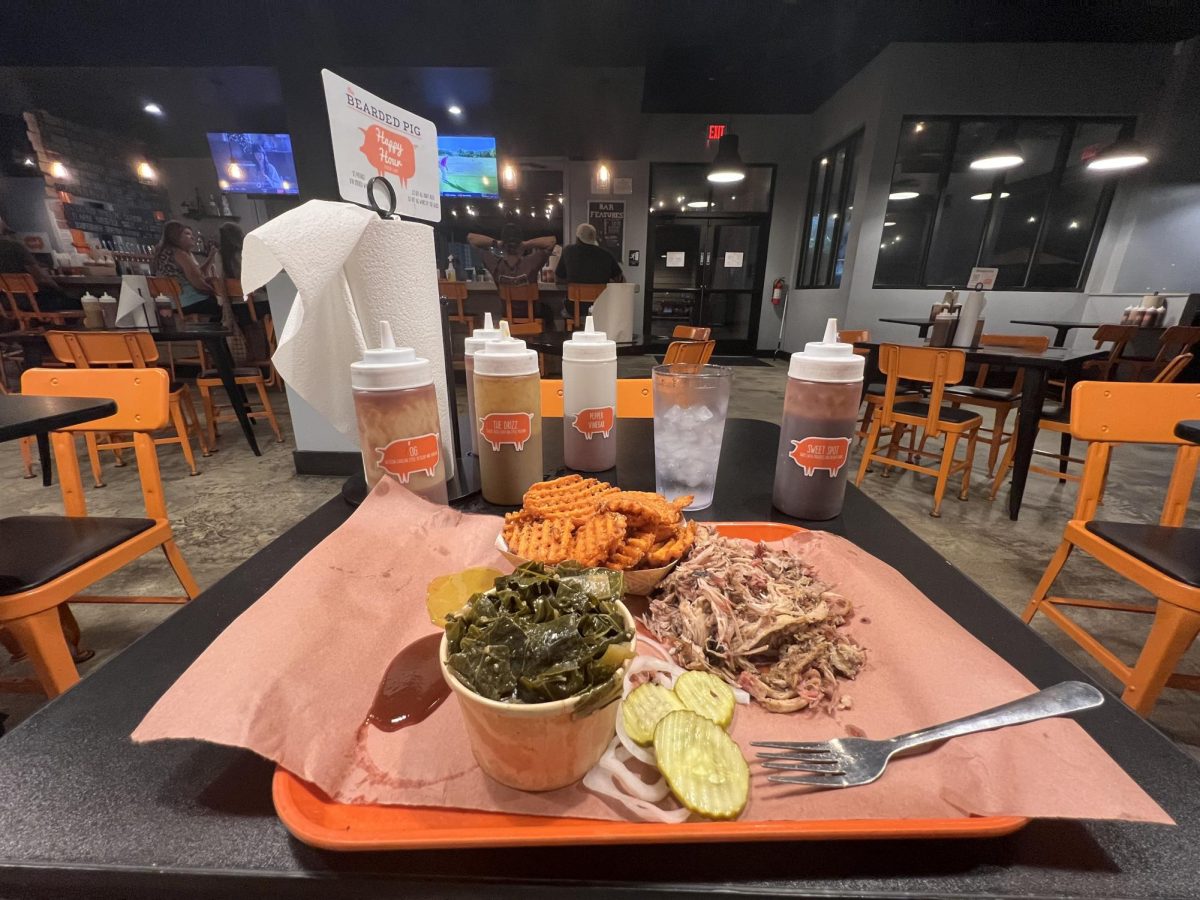Women in modern day rap have become a major component to making hip hop the most popular genre since 2018. From its origins, hip hop has always been a male dominated sport and the women represented a certain level or symbolism of success, like heavy gold chains and expensive cars. For women to be accepted in hip hop, they would need a high-profile male artist to introduce them to their own audiences. Female rappers in the modern era are changing the narrative.
Dr. Sarah Provost, Associate Professor of Musicology, has studied the legacy of women in Hip Hop. Dr. Provost dates the earliest signed female rappers to the late 70s hip hop trio called The Sequence.

“They were discovered by Sylvia Robinson at a Sugar Hill Gang concert,” she said. “They were one of the first groups (completely) to get a record deal, so definitely they were the first females to get a record deal.”
The Sequence may sound new to us because they were not given credit during their time. This was common for women MCs at the time like Lisa Lee, who was discovered by Afrika Bambaataa. Women were accepted by their musical peers, but the division came from record executives.
“Men in the industry thought that women couldn’t sell, and they did want to sell women’s creative works, they wanted to have more creative control over it,” said Dr. Provost. “I think a lot of the male influence over women has been that of gatekeeping. They would have men who would ‘allow’ them to do what they were really good at and in some cases they wouldn’t.”
This has been true for many decades. Acts like Kimerly “Lil Kim” Jones worked under Christopher “Notorious B.I.G” Wallace, rapper Katrina “Trina” Taylor was introduced by Maurice “Trick Daddy” Young, and Queen Latifah burst through under the collective Native Tongue. There was a certain formula found under male guidance that women needed to follow in order to gain fame. Things may have been rocky for women in hip hop in the 70s and 80s, but the power started to shift by the late 90s.
By the late 90s, female rappers demanded attention not just from their peers but their audiences as well. Acts like Eve, Lil Kim, and Foxy Brown had been popular, but one album in 1998 opened the floodgates for record executive to really pay attention to talent and not gender. Lauryn Hill was a vocalist and one third of the Hip Hop trio The Fugees. In 1997 she decided to go solo and started working her debut album The Miseducation of Lauryn Hill. In 1999, Hill was nominated for ten Grammys, she left with five. The Miseducation of Lauryn Hill is still regarded as one of the most influential albums ever because its success made people look past the gender of a rapper and look at the skills of the artist.

In the modern era, female rappers are still being heavily criticized, and the critics are using lyrics as the basis of their criticism.
“Cardi B isn’t doing anything that people in hip hop haven’t been doing for decades,” said Provost. “Sexuality and sexual prowess is the foundation of so many different styles, most definitely hip hop, blues, pop music, and rock ‘n’ roll. When [Nicki Minaj’s] Anaconda came out a few years ago, we had the same conversation.”

Female rappers have been a driving force in making hip hop the most popular genre. While some may deem modern era female rappers as raunchy or explicit, freedom of expression has been in lyrics since the dawn of entertainment. Hip hop has always faced critics that have had negative views of content, but it has always endured. The women of hip hop can say the same. Hip hop is no longer a man’s game. With the recent success of artists like Meg the Stallion, Cardi B, Snow tha Product, and The City Girls, it’s the women that are saying “checkmate” now.















